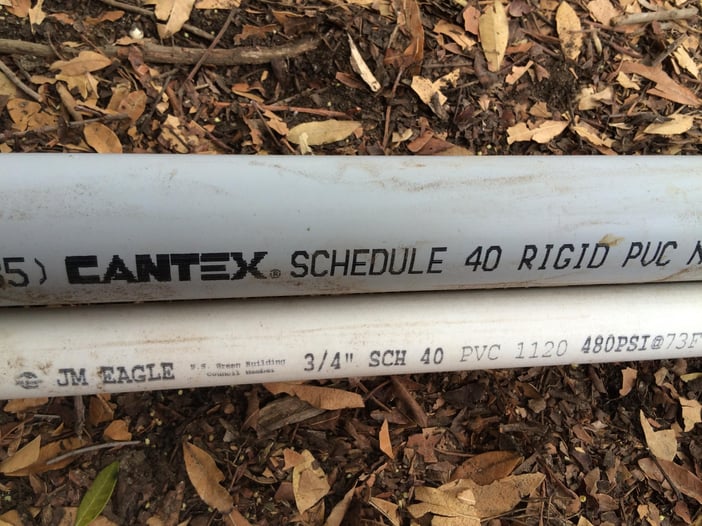Vcm and water are introduced into the reactor and a polymerization initiator along with other additives.
A polymer of vinyl chloride example.
Polyvinyl acetate pvac many vinylidene and vinylene compounds polymerize in the same manner.
Example of resulting polymer vinyl chloride.
Polymers at the super microscopic level look like great bunches of chains or gobs of spaghetti.
The reaction vessel is.
About 13 billion kilograms are produced annually.
It is highly susceptible to uv and high temperature degradation and stabilizers see stabilizers in the polymer additives section are commonly added.
Those polymers are analogously referred to as polyvinylidenes and polyvinylenes reflecting the monomeric precursors.
And adding 0 005 parts by weight of eugenol.
Copolymers are made with vinyl acetate and ethylene to improve rheology properties.
Polyvinyl fluoride pvf vinyl acetate.
Poly vinyl chloride is often highly plasticized to improve rheology for melt processing.
Vinyl chloride c 2 h 3 cl is the monomer link in the polyvinyl chloride chain.
Vinyl chloride is an organochloride with the formula h 2 c chcl that is also called vinyl chloride monomer vcm or chloroethene this colorless compound is an important industrial chemical chiefly used to produce the polymer polyvinyl chloride pvc.
Major industrial polymers major industrial polymers polyvinyl chloride pvc.
Vinyl polymers is a name often used to identify polymers based on the vinyl group nch ch 2 but really has been used to identify polymers and copolymers of vinyl chloride.
What is a polymer of vinyl chloride.
Vinyl chloride ch2 chcl is most often obtained by reacting ethylene with oxygen and hydrogen chloride over a copper catalyst.
Plasticized pvc polyvinyl chloride so boots and coats and stuff like that or unplasticized pvc for sidings and windows etc.
A vinyl chloride based polymer was obtained by the same method described in example 3 except for.
Polyvinyl chloride pvc vinyl fluoride.
Vinyl chloride may be represented by the structural formula.
Second only to pe in production and consumption pvc is manufactured by bulk solution suspension and emulsion polymerization of vinyl chloride monomer using free radical initiators.
Two main commercail available polmers.
5 18 60 61 these polymers have been used extensively in the past for corrosion protective systems but they often need large amounts of strong solvents.
A vinyl chloride based polymer was obtained by the same method described in example 1 except for performing a reaction while maintaining the polymerization temperature at 47 c.
They are made by chemically linking together many similar smaller units known as monomers.

